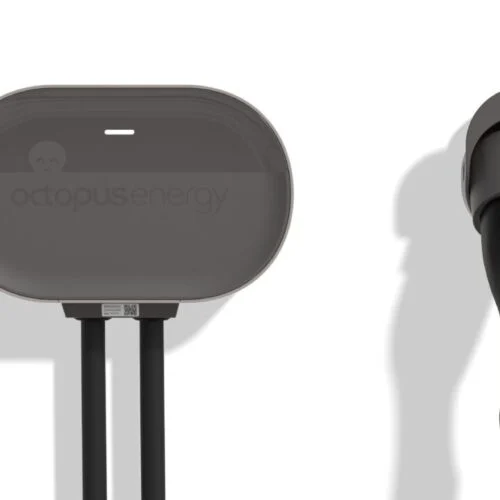SolarEdge, the manufacturer of inverters for use in solar PV and storage installs, has unveiled a new virtual power plant solution which it says can greatly increase the value of domestic batteries.
The Israeli company has over the past couple of years introduced more energy storage compatible inverter products and management solutions to markets including Europe and the US.
Speaking to sister publication Energy-Storage.News, Lior Handelsman, said that the most important factor of the new launch is aggregation.
Essentially, VPPs take numerous battery energy storage systems, typically sited behind-the-meter in customer’s houses, and aggregate together their capabilities. It means they can be more easily controlled by the network operator and can be used to provide grid services.
“To take one example: [Let’s say] you are a network operator, tasked with stabilising the grid and keeping the grid stable. There are so many different distributed generation resources on the grid making your task more and more complex,” Handelsman said.
“If you have a peak in a specific suburb, all you need to do is tell the storage systems in that suburbs to feed energy just for a few minutes into the grid to support that peak. Or if you have a peak you ask all the EV chargers in that area to stop charging or throttle down their charging for a few minutes. These are the bigger examples, but that can be made more and more complex as the challenge becomes more and more complex,” Handelsman said.
‘Algorithms break down complex requests into simple commands’
SolarEdge’s new software platform is able to take the commands from regional network operators and determine how to target a specific problem whether that be providing 2MW of power for three hours to a certain part of the network, 1MW of power for two hours and so on.
The software’s algorithms “break down” the network’s request into simple commands and relay those commands to what could be many thousands of systems at once. This includes delivering grid services such as frequency regulation, which in many territories has a technical barrier to market entry that requires several megawatts of resources to be available.
Ultimately, SolarEdge’s Handelsman said, there are many ways that VPPS can provide benefits to stakeholders across electricity networks. Markets including the UK, mainland Europe, the US and Australia are among SolarEdge’s regions of initial focus for the new platform.
“It’s clear that there is only value in aggregation if you have enough systems and that means it value across the network. You can use the same VPP at different times a year to provide value to different stakeholders,” Handelsman said.
“Energy suppliers need the VPP for the spikes in the wholesale price, network operators need the VPP when they have local peaks in demand, which they cannot meet in a specific area. You can take the same VPP and give value and gain revenue for different stakeholders at different times of the year.”






